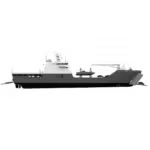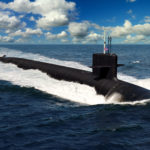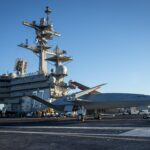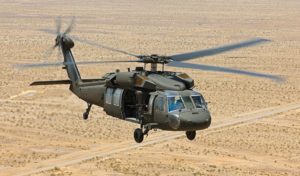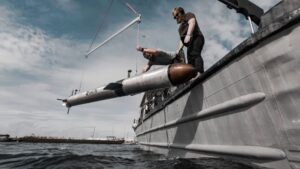
Several members of the House Appropriations Committee this week voiced concerns that the Navy’s sixth generation fighter program could be awarded three years later than currently planned. “I will not parse my words here. We need sixth generation fighters. The U.S. Navy needs sixth generation fighters. I'm concerned that any hesitancy on our part to proceed with the planned procurement of the sixth gen fighters for the Navy will leave us dangerously outmatched in a China fight. We cannot wait,”…

 By
By 
